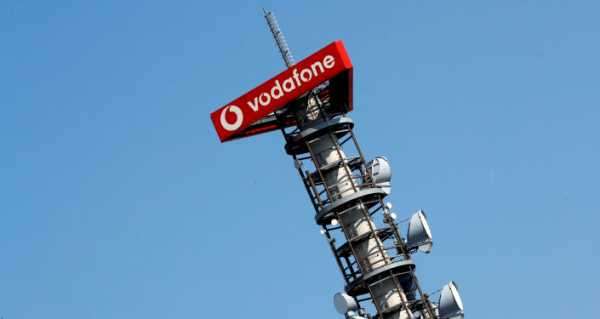
While cellular networks are trying to outpace each other in offering the biggest 5G speeds, areas in the UK that still struggle with spotty 4G coverage have been offered a way for the gaps to be plugged.
EE, a British mobile network operator and internet service provider, part of the British Telecommunications (BT) Group, has announced ambitious plans to expand its 4G coverage in more than 500 areas of the United Kingdom by the end of the year, reports Vodafore UK.
While 5G may have become the newest buzz word in mobile telephony, many areas around the nation still find it challenging to access the net away from the home. EE has announced it is updating its 4G sign in this year to bring higher speeds to extra units, as part of the Shared Rural Network (SRN) initiative.
Upgrades have been introduced to its 4G network in 110 areas, announced EE, with a following extra 469 upgrades anticipated by the end of 2021.
A total of 579 areas will profit from extended EE 4G protection by the end of 2021: 333 in England, 132 in Scotland, 76 in Wales, and 38 in Northern Ireland.
EE is the biggest 4G network in the UK, ostensibly offering the best download speeds of any local network and possibly also the best coverage, currently reaching over 99 percent of the population and more than 86 percent of the landmass. It was also the first UK network to offer a 5G service.
Hailing the plans, Matt Warman, Minister for Digital Infrastructure, stated:
The importance of reliable connectivity was underscored by Philip Jansen, Chief Executive of BT Group, who added that the company was “committed to improving and adding coverage to even the most remote areas”.
SRN Initiative
Geared toward extending 4G protection in rural areas throughout the UK, the SRN initiative dates back to March 2020. The SRN (Shared Rural Network) deal was signed, the £1bln worth arrangement between the UK’s four main mobile networks (EE, O2, Vodafone and Three) and the government seeks to deliver 4G coverage to 95 percent of the country’s territory by the end of 2025.
Building on the earlier multi-billion pound investment Vodafone made to bring 4G coverage to 99 percent of UK landmass, the more sweeping initiative presupposed building new, shared masts to connect areas having no coverage at all.
Devauden, Wye Valley, was the site where Vodafone first hooked up its SRN site in June 2020, followed by Longnor in the Peak District.
Sourse: sputniknews.com






